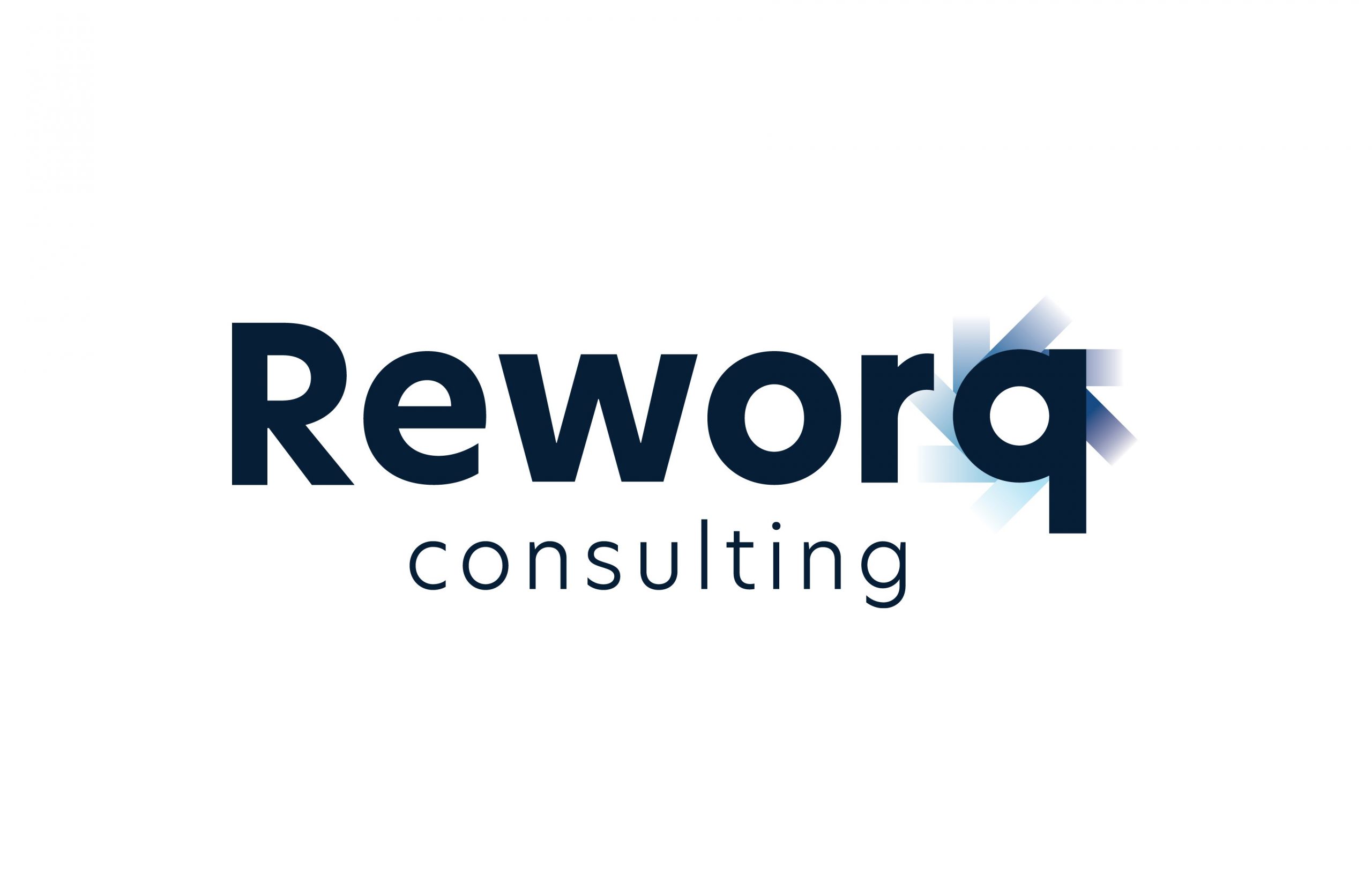Culture can be a source of strength for business growth or a hindrance to an organisation’s performance. Intentionally shaping culture is one of the key mechanisms your Executive Management Team can employ to successful execute on both corporate strategy and culture strategy. Driving change leadership takes more than simply implementing new processes or systems – since strategic change from a human perspective is derived from inspiration to change their employees mindsets, behaviours, and beliefs.
Organisational culture is everyone’s responsibility, and Leaders play a significant role in influencing and reinforcing the desired culture. Leaders need to be able to operate within the business and ask questions about how they can change their organisation’s culture. This unclouded vision and communication from Leaders determine what the culture of their organisation looks like and ensures recruitment of the right team to actualise change.
No organisation is perfect, and no organisational culture is perfect. Organisations tend to head towards a state of randomness over time but by discussing change and why it is happening, this creates an organisation wide understanding of what is most important. Therefore, if your Leaders are not continually investing in making the business better, then it is declining. It is now not about change but business survival!
What are the various dimensions of Organisational Culture?
In times of change, leaders must truly lead.
Organisational Culture can be defined as the way in which members of an organisation relate to each other, their work duties and in comparison, to other organisations. Culture can either empower or obstruct an organisation’s strategy and progress development.
The results from Organisational Culture research show that a large part of these differences can be explained by six (6) factors, which are related to concepts within the field of organisational sociology. These same factors then conceptualise as the six (6) dimensions of Organisational Culture.
It is important to keep in mind that from a strategy and culture alignment, the individual dimensions work together. Each dimension is independent from the other dimension, yet each other´s relative impact can also be reinforced or mitigated.
Dimension (1) – Organisational Effectiveness
Means-Oriented v. Goal-Oriented
This dimension is intricately connected to the organisational effectiveness of the organisation.
In a means-oriented culture, the key characteristic is the way in which work must be conducted because employees identify with the “How”. In a goal-oriented culture, employees are primarily out to achieve specific internal goals or targeted results because employees identify with the “What”.
In a means-oriented culture, employees perceive themselves as avoiding undue risks and contributing with a limited effort in their roles, as each workday is simply routine. However, in a goal-oriented culture, the employees are seeking to achieve specific internal goals or targeted results – even if these involve substantial risks or change.
Dimension (2) – Customer Orientation
Internally Driven v. Externally Driven
This dimension is aligned to the customer orientation of the organisation.
In an internally driven culture, employees perceive their work tasks towards the outside world as a unique purpose. This is based on the idea (and principles) that business ethics and values are critically important – what is intrinsically best for their customer orientation and experience.
In an externally driven culture, the singular emphasis is on meeting your customer’s requirements – results are most important, with a pragmatic attitude prevailing, rather than an ethical attitude.
Dimension (3) – Level of Control
Easy-going Work Discipline v. Strict Work Discipline
This dimension refers to the level of control, internal structuring, and discipline.
An easy-going discipline indicates a fluid internal structure, a lack of predictability, a lack of urgency, with minimal controls and work discipline – there is a lot of improvisation and surprises on this journey.
A strict work discipline indicates the reverse of the above. Management and their employees are very cost-conscious, punctual, and serious in mindset.
Dimension (4) – Focus
Local v. Professional
This dimension refers to the focus of employees due to their role in different organisations.
In local organisations, employees identify with their Management and/or the Business Unit in which they work. In professional organisations, the identity (and impact) of an employee is determined by their profession and/or the content of the role they undertake.
In local organisations, employees are very short-term directed, they are internally focused and there is strong social control to be like everybody else. In professional organisations, it is the reverse. Employees are focused on their long-term directives and the discipline as an individual, with managing their career growth.
Dimension (5) – Approachability
Open System v. Closed System
This dimension relates to the accessibility of an organisation and the approachability of employees.
In an open-system culture, newcomers are made immediately welcome by the team. Everyone is open both to insiders and outsiders to the organisation – a belief that almost anyone would fit into the organisation culture.
In a closed-system culture, it is the reverse. New employees are perceived as a threat to existing employees and the internal structure of beliefs and processes. Quite an insecure and insular experience with navigating the internal political landscape.
Dimension (6) – Management Philosophy
Employee-Oriented v. Work-Oriented
This dimension aspect of organisational culture is most related to the management philosophy.
In employee-oriented organisations, employees feel that their personal problems and that their concerns or feelings are considered. There is the belief that the organisation takes a sense of responsibility for the welfare of its employees, even if this impacts the work.
In work-oriented organisations, there is heavy pressure to perform tasks to ensure deadlines are met and even if this is at the expense of employees time management (and efforts).
How do you define your Culture Strategy?

Develop Leaders who accelerate their development with change.
Culture will develop whether Leaders shape it with intention or not, and negativity is the normal precedent in too many cases. Delivering on strategic objectives requires that the “normal way of working” in business is aligned with the values and mission of the organisation. However, knowing this fact and building the desired work culture are two vastly different things.
Many Leaders are unsure about how to build a positive culture or shift one that is not working well. Culture may seem so intangible that it is hard to know where to start. However, there are some practical strategies that Leaders can deploy to define cultural change so that every employee is positioned to do their best work.
Culture by design takes planning and effort. So, here are four (4) simple steps to follow:
1. Gap Analysis – diagnose your Current culture v. identify your Future culture
- Review your measurements to understand where your current culture is positioned – including cultural assessments, staff surveys and customer surveys.
- Identify and understand where you want your future culture to be positioned – What are the current values within the organisation? Are all employees living these values?
- Understand what shifts in culture direction you need to get to your future state – use your surveys (staff and customers), assessments and tools, then involve your people in identifying where effort is required.
2. Develop your Culture Strategy Plan
- Identify change initiatives to shape your culture and include the details in your Strategy Plans, Operational Plans, and Development Plans.
- Use your Gap Analysis Report and internal diagnosis to both measure and monitor your culture.
- Set time limits to implement actions for Project teams (and Stakeholders) and continue to re-measure your culture…regularly!
- Communicate your Strategy Plan and expectations with delivery outcomes.
- The Communication Plan is a critical component with elevating the change initiatives reporting and on how you are progressing (based on the Strategy Plan) to your employees.
- Ensure your Leaders and Managers are focused and aligned to outcomes, with regular check-in’s on progression of plans.
3. Lead Culture change – developing Managers into role models
- Consistency and crucial decision-making come from your Executive Management Team, the very top of the organisation.
- Ensure your Leaders and Managers model the desired behaviours and share the core culture values with their teams.
- The key approach with being viewed as “authentic” sets the tone for behaviour and broadening across the organisation.
- Use feedback tools that include the assessment of core cultures values and behaviours.
- Facilitate cross-functional workshops (within teams), where Leaders articulate the new directions and work with their teams on what a “great” culture looks like.
4. Transition, activate and embed your NEW Culture
- Culture is maintained through process rituals – identify the rituals that define your culture or create new rituals that build upon and what makes your organisation unique.
- Identify development needs or gaps (including capabilities) required to support your new culture, then facilitate and support these learning’s.
- Continue with coaching for your Leaders, Managers, and internal influencers – including how they can develop other employees through both mentoring and ‘buddy’ relationships.
- Recognise and reward behaviours and new “ways of working” for employees that demonstrate your core culture values.
- Communicate your new culture and communicate often!
- A strong strategy culture is just within your reach…ready to propel and elevate your organisation to new heights.
Summary
Without cultural alignment, achieving your business goals becomes difficult, if not impossible.
Defining your business strategy, then integrating strategy with effective execution and employee engagement is a critical role of changing organisational culture. By implementing and fostering a positive work environment, organisations can achieve significant strategic objectives and create a thriving workplace for their employees.
Although the cultural situation of an organisation is uniquely difficult, multi-dimensional and often difficult to manage, it does represent a set of strong emotional resources. Therefore, it is the critical responsibility of the Executive Management Team, the Leaders (including Senior Managers) to seek the greatest possible value with their culture strategy. This strategic approach will ensure your culture is not merely an afterthought, but a core competitive advantage.
So, start making changes today. There is simply no better time to start than now and focus on accelerating your competitive dynamics!
Need some guidance on your next steps? Let’s start a conversation…



